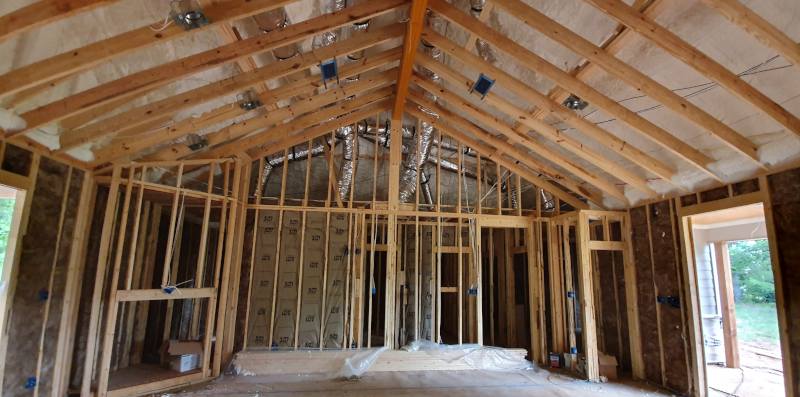If you’re building a new house or renovating an existing one, it’s a great opportunity to future-proof your home by prewiring it for the latest technology. By installing the right wiring and infrastructure now, you can ensure that your home is ready for whatever the future brings, whether it’s smart home devices, home automation systems, or high-speed internet. Here are some tips to help you prewire your house for the future.
Plan Your Wiring Layout
Before you start prewiring, it’s important to have a plan for the layout of your wiring. This will help ensure that you have the right wiring in the right places, and that you don’t miss any important areas. Here are some things to consider when planning your wiring layout:
- Identify the rooms and areas that will need wiring, such as living areas, bedrooms, home office, and entertainment areas.
- Consider the types of devices you’ll be using in each area, such as smart home devices, audio systems, and video equipment.
- Decide on the location of your networking equipment, such as your modem, router, and switches.
- Plan for the future by installing extra wiring in areas where you may need it later, such as the garage or outdoor areas.
Choose the Right Wiring
When prewiring your house, it’s important to choose the right type of wiring for each application. Here are some of the most common types of wiring you may need:
- Coaxial cable: This is used for cable TV, satellite TV, and internet connections.
- Ethernet cable: This is used for wired internet connections and is essential for smart home devices and home automation systems.
- HDMI cable: This is used for high-definition video connections and is essential for home theater and entertainment systems.
- Speaker wire: This is used for audio systems and speakers.
- Power outlets: Make sure to install plenty of power outlets throughout your house to ensure that you have enough power for all of your devices.
Install Conduit
In addition to wiring, it’s a good idea to install conduit throughout your house. Conduit is a plastic or metal tubing that provides a pathway for future wiring. By installing conduit now, you can easily run new wires in the future without having to tear up walls or ceilings. Some areas where you may want to install conduit include:
- Between floors: Install conduit between floors to make it easy to run wires to different levels of your house.
- To the attic: Install conduit to the attic to make it easy to run wires to the roof or to outdoor areas.
- To the garage: Install conduit to the garage to make it easy to run wires to outdoor lighting, security cameras, or other devices.
Future-Proof Your Networking
Your home network is the backbone of your smart home and home automation systems, so it’s important to make sure it’s up to the task. Here are some tips to future-proof your home network:
- Install a high-speed modem and router that can handle the latest technology and speeds.
- Use a wired Ethernet connection wherever possible to ensure the best speed and reliability.
- Install a switch to connect all of your wired devices, and make sure it has enough ports for future devices.
- Consider installing a mesh Wi-Fi system to ensure strong Wi-Fi coverage throughout your house.
Hire a Professional
While prewiring your house for the future is possible to do on your own, it’s a complex task that may be best left to a professional. A professional installer can help ensure that your wiring is installed correctly, and can provide advice on the best types of wiring and infrastructure for your specific needs.


